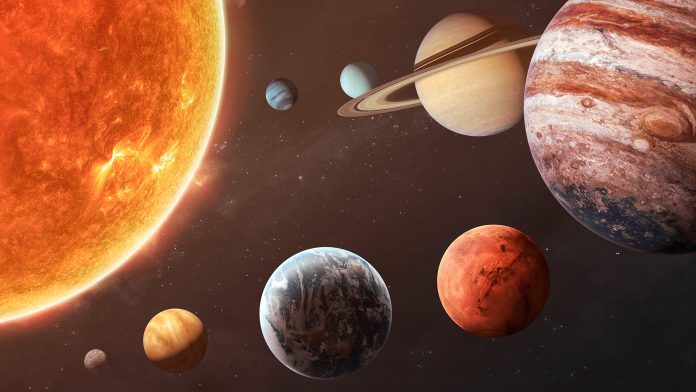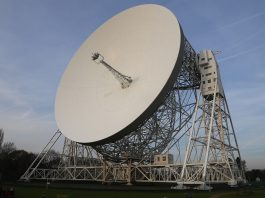Scientists from the University of Warwick have found that our solar system might be pulled into the gravity of a white dwarf star.
The team have helped to answer what happens to planetary systems, like our solar system, when their host stars become white dwarfs.
White dwarfs are the end state of stars when they have burned all their fuel. They can offer insight into different aspects of star formation and evolution.
In the study, the team examined the fate of asteroids, moons, and planets that pass close to the white dwarfs by analysing transits – dips in the brightness of stars caused by objects passing in front of them.
Unlike the predictable transits caused by orbiting planets around stars, transits caused by debris are oddly shaped and disorderly. This suggests the fate of these bodies to be extremely violent.
Dr Amornrat Aungwerojwit of Naresuan University, who led the study, said: “Previous research had shown that when asteroids, moons and planets get close to white dwarfs, the huge gravity of these stars rips these small planetary bodies into smaller and smaller pieces.”
Collisions between these pieces grind them into dust, which finally falls into the white dwarf. This allows the researchers to determine what type of material the original planetary bodies were made from.
The study is published in the Monthly Notices of the Royal Astronomical Society.
The team investigated the changes in the brightness of stars
In the new research, scientists investigated changes in the brightness of stars for 17 years to gather insight into how these bodies are disrupted. They focused on three different white dwarfs which all behaved very differently.
Professor Boris Gaensicke, Department of Physics, University of Warwick, commented: “The simple fact that we can detect the debris of asteroids, maybe moons or even planets whizzing around a white dwarf every couple of hours is quite mind-blowing, but our study shows that the behaviour of these systems can evolve rapidly, in a matter of a few years.
“While we think we are on the right path in our studies, the fate of these systems is far more complex than we could have ever imagined.”
White dwarf’s studied by the team
The first white dwarf (ZTF J0328−1219) studied appeared steady over the last few years. However, the authors found evidence of a major catastrophic event around 2010.
Another star (ZTF J0923+4236) was shown to dim irregularly every couple of months. During fainter states, this star shows chaotic variability on time scales of minutes before brightening again.
The team examined the third white dwarf (WD 1145+017) in 2015 and showed that it behaved close to theoretical predictions. Surprisingly, this study showed that the transits are now totally gone.
“The system is, overall, very gently getting brighter, as the dust produced by catastrophic collisions around 2015 disperses”, said Professor Gaensicke.
“The unpredictable nature of these transits can drive astronomers crazy – one minute they are there, the next they are gone. And this points to the chaotic environment they are in.”
What will happen to our solar system?
Professor Gaensicke said: “The sad news is that the Earth will probably just be swallowed up by an expanding Sun, before it becomes a white dwarf.
“For the rest of the solar system, some of the asteroids located between Mars and Jupiter, and maybe some of the moons of Jupiter may get dislodged and travel close enough to the eventual white dwarf to undergo the shredding process we have investigated.”









